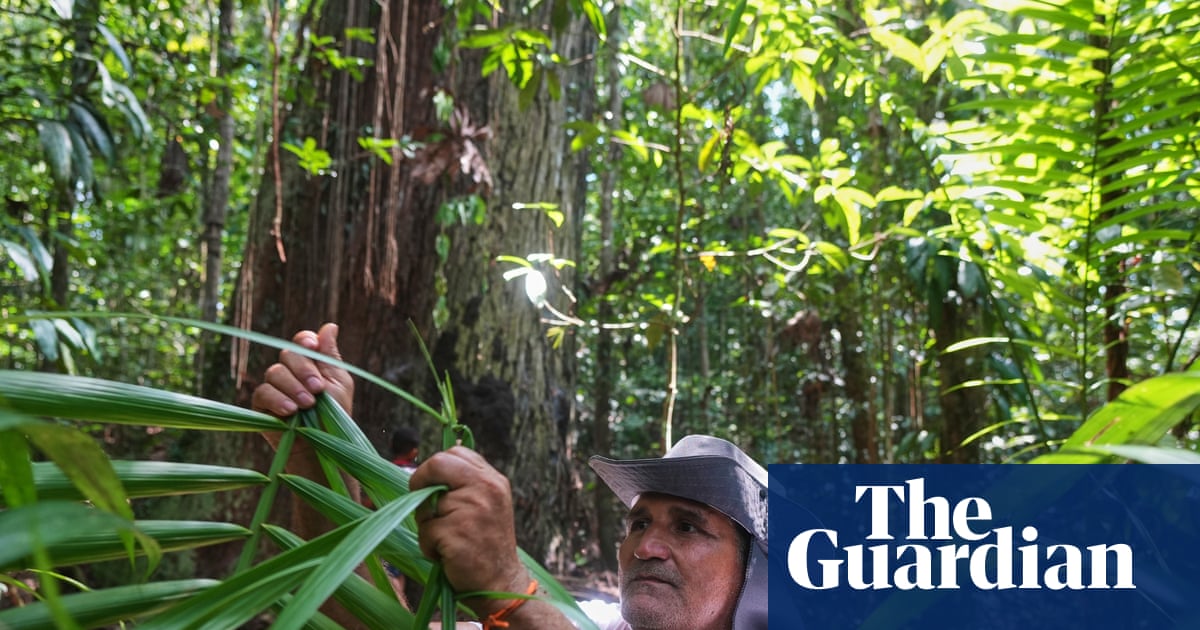An amateur photographer in southern Spain has captured unprecedented images of a white Iberian lynx, prompting researchers to investigate whether environmental factors could be at play as wildlife watchers revelled in the rare sighting.
Ángel Hidalgo published the images on social media, describing the singular animal as the “white ghost of the Mediterranean forest”.
In a post, Hidalgo explained he had first caught a glimpse of the animal in a camera trap he had set up in a wooded area near the city of Jaén. The footage lasted just a few seconds, but it was enough to make out a lynx that appeared to have a white coat and dark spots, rather than the brown and black-spotted colouring usually associated with the species.
“From then on, I started dedicating all of my free time to it,” Hidalgo wrote. “Time passed; hours, days, weeks and even months without success. Many times I was on the verge of giving up.”
His lucky moment came as the sun rose after a rainy night. “When I saw a ‘white Iberian lynx’ for the first time, with its snow-white winter coat and piercing eyes, I was transfixed. I couldn’t believe what I was seeing,” he said.
His images have made waves across Spain and beyond. Media described it as the first time a white lynx had been caught on camera.
Those who work to protect the species, however, said the animal was known to researchers.
Javier Salcedo, the coordinator of the EU-funded LIFE Lynx-Connect project, described her as a female named Satureja and said she had been born in 2021.
The lynx had normal colouring at birth but her pigmentation had changed at some point. The change in colouring had seemingly not affected her behaviour, Salcedo said, as she continued to feed normally and had successfully raised several litters.
“It’s neither albinism nor leucism,” he told the newspaper El País. Leucism refers to a partial loss of pigmentation in animals.
“We’re investigating what might have happened,” Salcedo added. “We think it could be related to exposure to something environmental.”
He said it was the second time researchers had come across a lynx with this characteristic; at one point scientists had tracked a female from the same area, possibly a relative of Satureja, watching as her colouring transformed to white and, later, back to brown.
“That could imply the existence of some kind of hypersensitivity,” Salcedo said. “We detected this case because we conduct thorough monitoring of the lynx, but it can happen in other species without us noticing.”
The regional government in Andalusía told the broadcaster TVE that the next step would be to briefly capture Satureja and take samples in the hope of gaining insight as to why her colour had changed.
The rebounding presence of the Iberian lynx in Spain and Portugal has been hailed by the International Union for Conservation of Nature as a “great success story”.
Less than a quarter of a century after the animal was feared to be on the brink of extinction, the populations have recovered to a point that the Iberian lynx was moved last year from “endangered” to “vulnerable” on the global red list of threatened species.

 4 weeks ago
42
4 weeks ago
42

















































